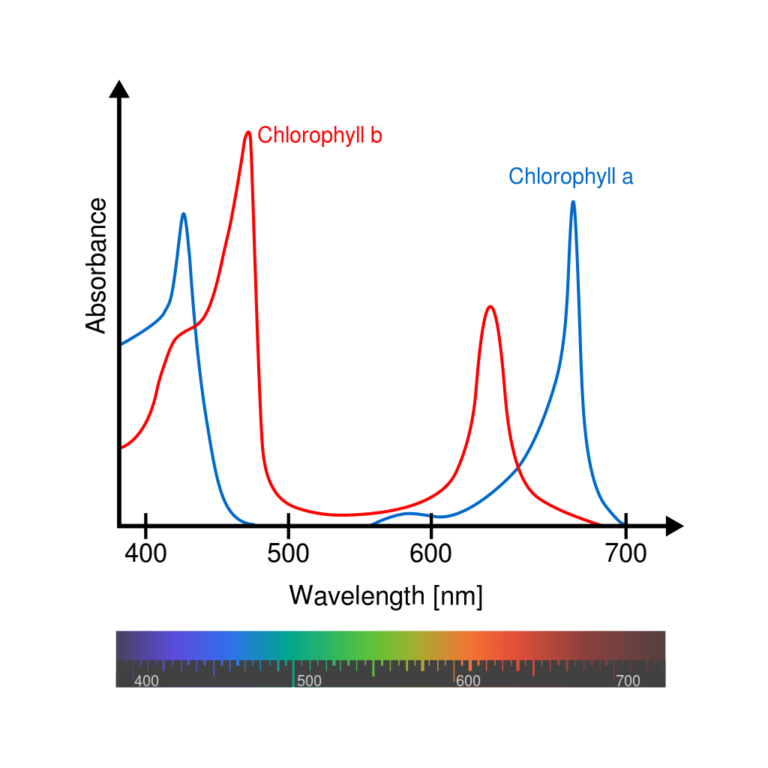Impact of Full Spectrum LED Plant Grow Lights on Plant Growth
The relationship between light spectrum, and plant growth is a fundamental aspect of horticulture, particularly in controlled environments such as greenhouses and indoor gardens. Understanding how different wavelengths of light affect plant physiology can significantly enhance growth efficiency and crop yield.
Light Spectrum and Photosynthesis
Plants primarily utilize light within the photosynthetically active radiation (PAR) range, which spans from approximately 400 nm to 700 nm. This spectrum includes blue light (400-500 nm), green light (500-600 nm), and red light (600-700 nm). Each of these colors plays a distinct role in plant growth:
- Blue Light: This wavelength is crucial for vegetative growth. It promotes chlorophyll production, which is essential for photosynthesis, and helps plants develop strong stems and compact structures. Blue light inhibits stem elongation, preventing plants from becoming leggy, which is particularly beneficial for indoor gardening where space is limited.
- Red Light: Red wavelengths are particularly effective in driving photosynthesis and are vital during the flowering and fruiting stages of plant development. This spectrum encourages leaf expansion, stem elongation, and overall biomass accumulation. However, excessive red light without a balance of blue can lead to undesirable stretching of plants.
- Green Light: Although often considered less important for photosynthesis, recent studies suggest that green light can penetrate deeper into the plant canopy, enhancing overall photosynthetic efficiency. It plays a role in regulating plant architecture and can improve leaf thickness and color quality.

Wavelength Effects on Plant Growth Stages
Different growth stages require specific light conditions:
- Seedling Stage: During this phase, a higher proportion of blue light is beneficial to promote compact growth and robust root development.
- Vegetative Stage: A balanced spectrum with both blue and red light supports healthy leaf production and stem strength.
- Flowering Stage: Increased red light enhances flowering and fruiting processes. The optimal ratio of red to blue light during this stage can significantly influence yield quality and quantity.
Photoreceptors and Plant Responses
Plants possess photoreceptors that respond to various wavelengths of light, allowing them to adapt their growth strategies according to available light conditions. For example, cryptochromes respond primarily to blue light, while phytochromes are sensitive to red and far-red light. These receptors mediate critical processes such as phototropic curvature (the bending towards light), chloroplast movement, stomatal opening, and overall growth regulation.
Conclusion
In summary, the spectrum of light used in plant cultivation has profound implications for growth outcomes. By carefully selecting the appropriate wavelengths—blue for vegetative growth and red for flowering—growers can optimize their lighting strategies to enhance plant health and productivity. The integration of full-spectrum LED grow lights allows for greater flexibility in managing these wavelengths, ensuring that plants receive the ideal conditions tailored to their specific developmental needs. Understanding these relationships not only aids in maximizing yield but also contributes to sustainable agricultural practices by reducing energy consumption and improving resource efficiency.
